
Shanghai sample of medical waste disposal: tying the chip and weighing, each gram has a record
[ad_1]
During the epidemic, there is a question that you may have thought about. Have all medical wastes been taken care of?
Especially in hospitals in areas like community health service centers, where the virus does not care about graded diagnosis and treatment, large hospitals are strictly guarded. Will small hospitals make mistakes here?
The author really went to inquire about this matter and discovered that there is a community health service center in Pudong. As early as July 2019, it was not bad to manage medical waste (medical waste) with the Internet of Things technology. , It turns out that they copied the homework of Huashan Hospital where “Dad Zhang” is located, and the copy is completely unchanged!
This is a set of “students with high scores” homework, there is no two. The essence of “homework” is:
1. Each bag of medical waste must be sealed with an RFID cable tie, which contains a chip.
2. After the tie is tied, the weight is weighed, and the weight is recorded in the background in real time; immediately, the bag of medical waste starts a digital journey, and the background tracks its trajectory at any time, and immediately alarms if it is “irregular”.
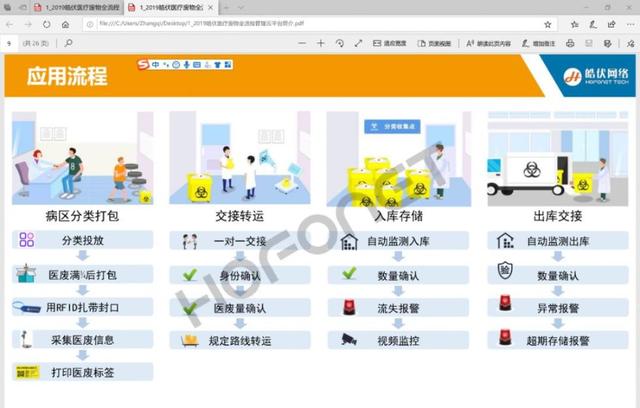
At present, there are two Pudong “students” who “copy homework”, one is Gongli Hospital, with two wards in pilot projects; the other is Heqing Health Service Center, a pilot project of an integrated system, “copy all”.
Since the outbreak of the new crown pneumonia epidemic, Heqing’s “work” has appeared to be particularly advanced. The environmental sanitation, health supervision and other departments who came to “check work” all felt fresh: “This is really a good way, and we will network with our back office in the future. , Are not used to’check homework’ on the spot.”
Let’s take a look at Heqing’s “Homework”
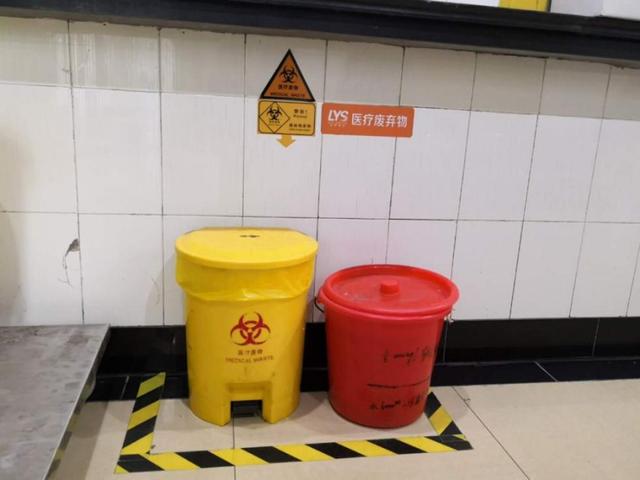
This is the public area of the laboratory window. The discarded cotton balls after the patient’s blood should be thrown into the yellow bucket. (The author reminds, don’t throw in the household garbage anymore!)

The aunt who collects and transports garbage comes to the inspection department with a smart handheld terminal, first scans the person in charge’s exclusive QR code, confirms “who” the garbage belongs to, and starts the process.
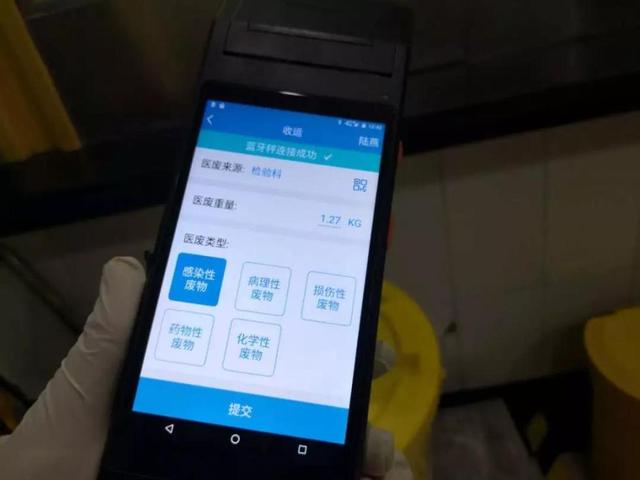
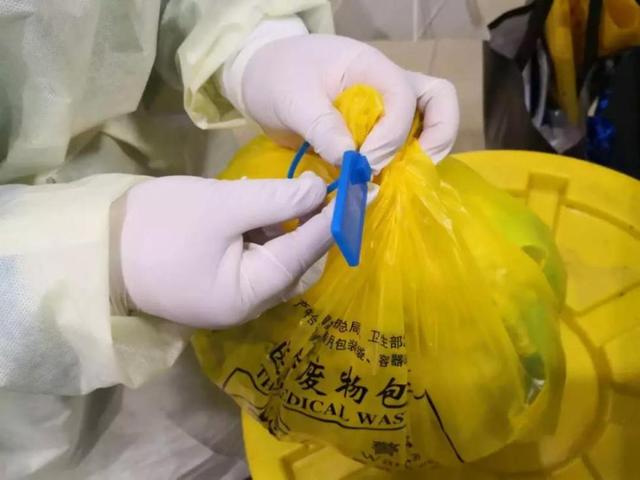
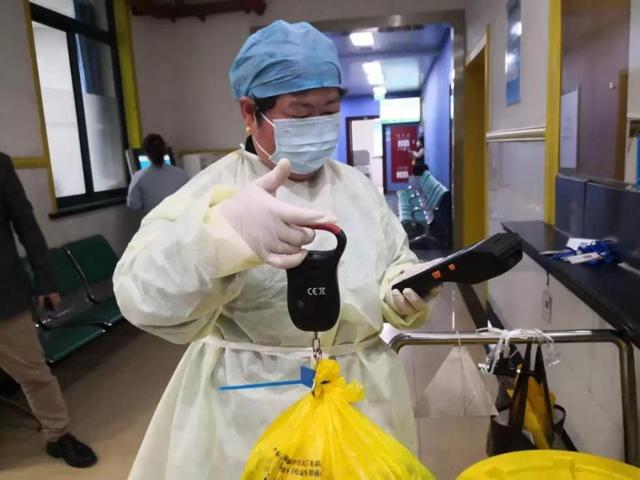
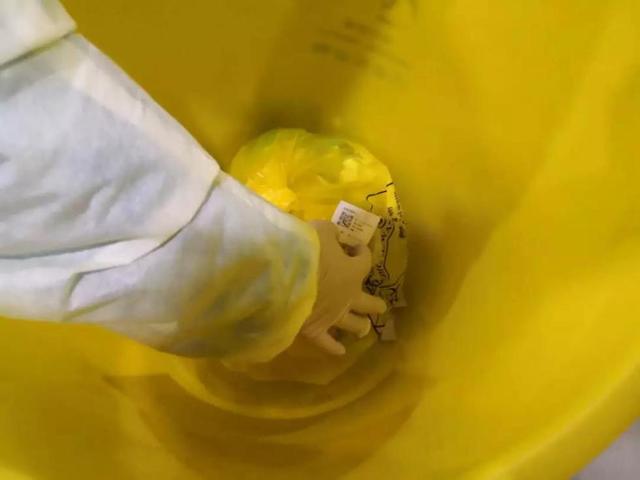

The author took a picture of the “Homework” on February 29th——
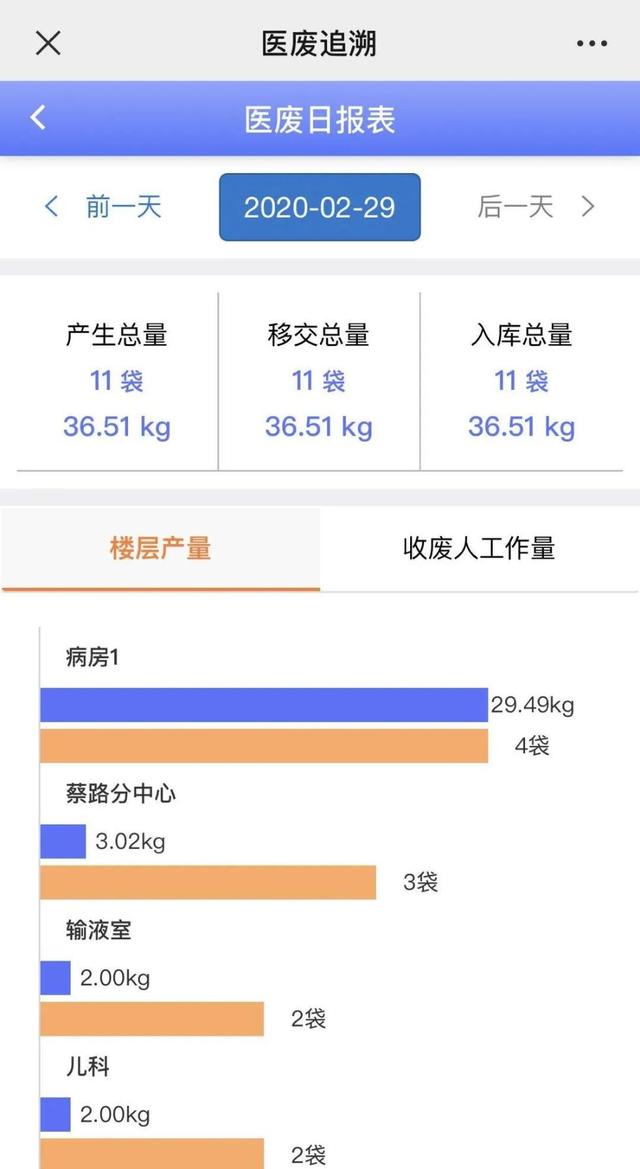
To put it in rigorous professional language: the smart terminal reports real-time information on the amount of medical waste generated, time of generation, transfer time, and disposal destination. Each yellow transfer box containing medical waste is sprayed and disinfected with a disinfectant. Orderly stored in the temporary storage of medical waste. Subsequently, the medical waste recycling and disposal company arranged special vehicles for collection and transportation, and high-temperature sterilization was carried out in strict accordance with the standards to achieve Nissan and Nissan.
Hua Yingxue, director of Heqing Community Health Service Center, told the author that the Internet of Things has three major benefits in managing medical waste:
1. Find the situation of domestic garbage mixed with medical waste in time. If there is an abnormal increase in medical waste at any point, it is most likely that other waste has been mixed in;
2. Garbage is classified when it is collected and transported. If the number of infectious garbage continues to increase, it will indicate an increased risk of infectious diseases;
3. Each bag of medical waste can be traced through the RFID chip, and when there is a hidden management risk in a medical institution, it will automatically alarm the first time.
The author understands that in the next step, the hospital will also install a video system at key points such as the temporary storage of medical waste to realize networking with the management department platform and visual management of the entire process of medical waste generation, storage, transfer, and disposal.
[ad_2]



